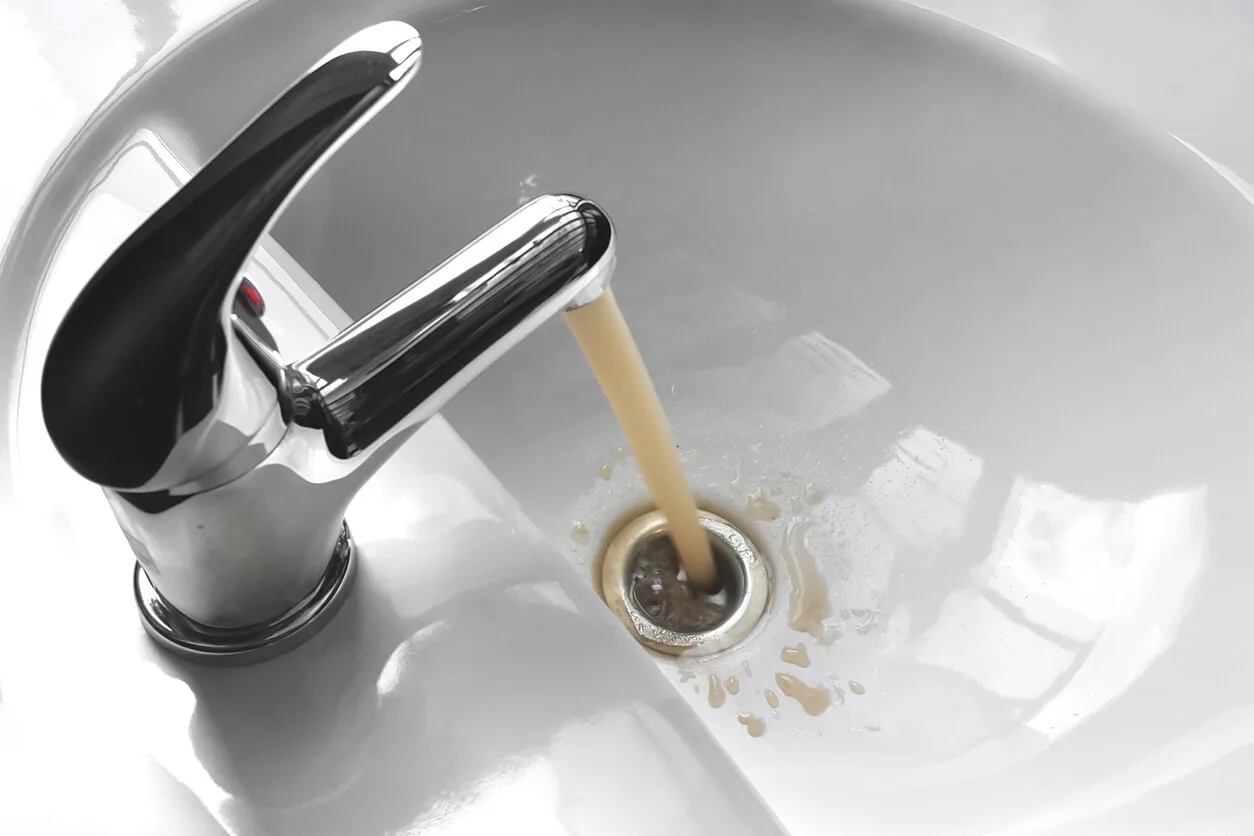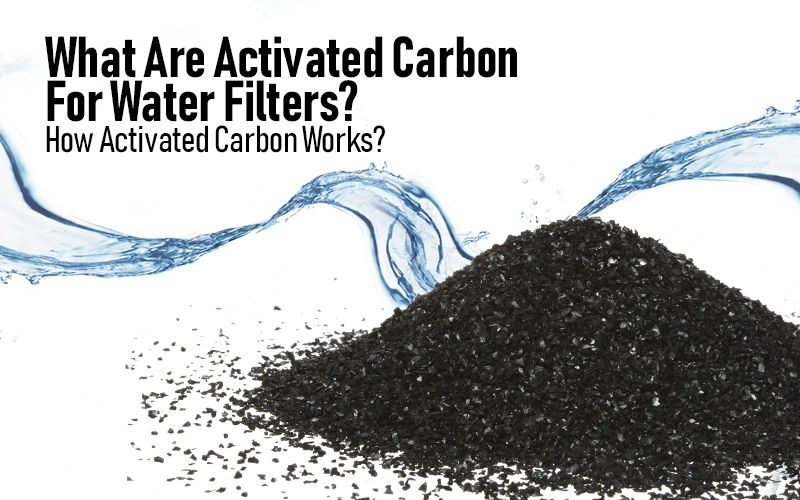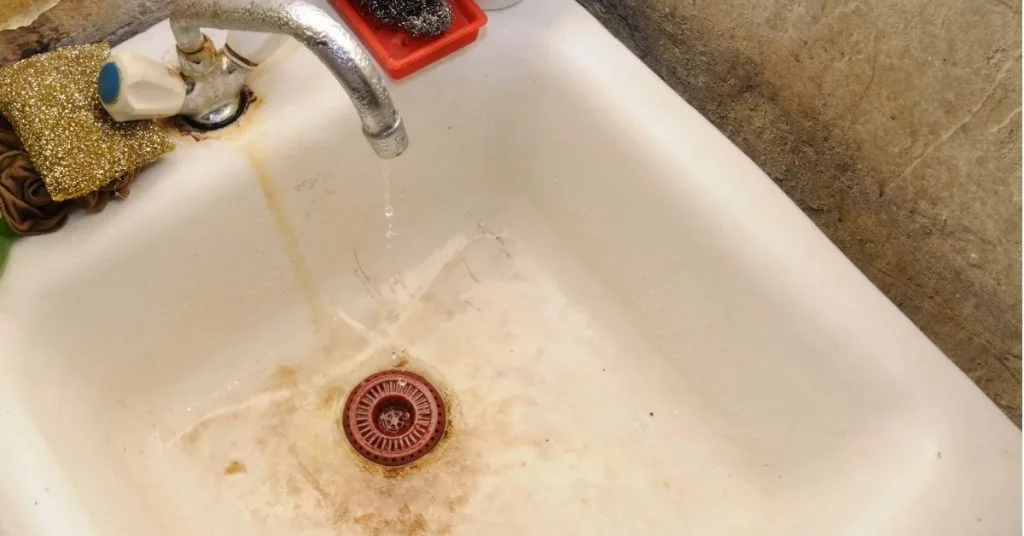Currently Empty: R0.00

5 Harmful Effects of High Levels of Iron in Water – Iron is an essential mineral, but when it gets into your drinking water, it needs to be removed. Iron in water has many negative effects, including the most common ones.
Effects on Your Health
While a low level of iron isn’t harmful in and of itself, iron in drinking water is classified as a secondary contaminant according to the EPA. This is because iron often carries bacteria that feed off the iron to survive. These tiny organisms can be harmful when digested.
In addition, if your iron levels are too high, serious health effects can develop, including iron overload. Iron overload is caused by a mutation in the gene that digests iron, affecting around one million people in the United States.
Iron overload can lead to hemochromatosis, which can lead to liver, heart, and pancreatic damage, as well as diabetes. Early symptoms include fatigue, weight loss, and joint pain. Excessive iron is never recommended for digestion; it can lead to stomach problems, nausea, vomiting, and other issues.
Effects on Your Skin
Water with excessive amounts of dissolved minerals such as iron and magnesium can have negative effects on your skin. They can damage healthy skin cells, which can lead to wrinkles.
In addition, water with iron doesn’t blend well with soap. This causes issues when showering and bathing, as soap scum residue will be left not only in your bathtub but on your skin as well. This can clog skin pores, which will lead to a buildup of oils in your skin. This, in turn, can lead to skin problems such as acne or eczema.
Effects on Food and Drink
Water with iron has a metallic taste to it, which makes it very unpleasant to drink. Using this water for beverages such as coffee or tea will create an unpleasant and dark concoction. In addition, water with high levels of iron is not recommended for your cooking needs. Vegetables and other foods cooked in such water will blacken and absorb a bad taste.
Staining Effects of Iron
Iron leaves residue on anything it touches. If you clean your dishes with it, you’ll get orange or dark red stains on your plates and cutlery. If you wash your clothes with it, your clothes will have dark stains on them. Iron in water can also leave dark stains in your shower, bathtub, and in your toilet and toilet tank.
Clogging Effects of Iron
When water with high levels of iron content flows through your pipes, iron residue builds up inside them. This can cause your pipes to clog up, leading to clogged toilets and sinks and reduced water pressure in your house.
Bacteria that is attached to the iron causes brown slime to build up in your pipes and wherever you have water in your house. A sudden release of the residue in your pipes can lead to a sudden rush of discolored water.
Causes and Solutions
What causes high levels of iron in water? Iron in water often comes from the corrosion of underground iron pipes. It’s also more common if you have a private water source, such as a well. Iron from the surrounding soil can seep in when the soil is saturated. The EPA sets the limit for healthy levels of iron as 0.3 mg/L, but even lower levels can cause some of the problems mentioned above.
If you have iron in your water, using a water softener is the best solution. Methods such as filtration and ion exchange are used to clean your water from iron and other harmful substances. We have more than 10 years of experience in cleaning water. For more information, just contact us.






